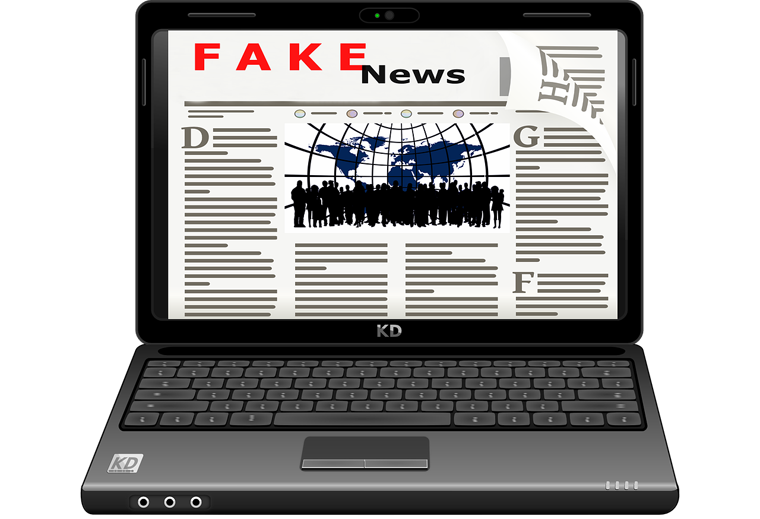- 5 FIFTEEN
- ACTEGA
- ACTEGA METAL PRINT
- ACTGreen
- ADOBE
- BALDWIN TECHNOLOGY
- BALDWIN VISION SYSTEMS
- BCN3D
- BESPOKE
- CONTIWEB
- CRON
- DIGITAL DOT
- DSCOOP
- FRONTLINE
- GALLUS
- GIRLS WHO PRINT
- GOSS
- HIGHCON
- HP
- INGENTA
- J-TECK3
- KIIAN
- MIMAKI
- PRESSTEK
- PURE DIGITAL
- QUADTECH
- ROTOLITO LOMBARDA
- SAi
- SCODIX
- SCREEN
- SOLIMAR
- TONEJET
- URW TYPE FOUNDRY
Fake News – Clever PR or Battle Propaganda?
There’s been much talk in the media recently about Donald Trump’s criticism of ‘fake news’, calling into question the legitimacy of some news stories and the motivations of their original authors.
Whilst the impact of those stories could be dramatic, perhaps even swinging a Presidential Election, is this strategy really new? Is this not unlike conflict propaganda used in the second world war, which dates back to Roman times. Battle tactics!
Indeed, it could be argued that the ’fake news’ response is merely a clever PR tactic by Trump to divert us from the real issues at hand.
On a much smaller scale, certain UK Red Top newspapers have been accused of fabricating news stories for many years. It’s been widely speculated that, during quiet news periods, sensationalist and fictitious stories would be invented to sell papers. Think ‘statue of the long-dead Elvis Presley on the planet Mars’.
But the real issue here is the proliferation and amplification of these stories via social media. Where previously, stories such as these would be relatively contained, they can now go viral within hours and their impact felt on a much broader basis.
As b2b2c communication experts, we know ourselves that news can be created and engineered to generate an intended outcome, whether that’s to sell products and services, increase brand awareness or deflect attention.
The media are a key connection to our publics, so for PR agencies and politicians alike, they are a critical vehicle in any communication campaign. Social Media channels are no different. For the reason I highlight above, the opportunity to very quickly and efficiently create big noise, makes the likes of Twitter, LinkedIn and Facebook key and now mature communication channels. In an unprecedented move, we now even see personal Tweets from the President of the United States – this would have seemed unthinkable 12 months ago.
We at The Bespoke Group certainly don’t condone the use of ‘fake news’ or untruths, but like thousands of agencies around the world, we do apply thought through PR strategies to maximise all opportunities to promote our customers or successfully manage a situation.
Whilst we see parallels in this ‘strategic’ PR approach to problem solving, that’s where the similarities end. Fake News appears more to be the generation of totally bogus stories, designed to undermine an adversary and bring about an intended outcome.
In war, as in politics, this approach is clearly nothing new. But in a digital age where stories break before any fact checking or legal due diligence has been undertaken, the potential impact of such activities can be significant. Clearly, this needs some attention, and it will be interesting to see how this is governed in the future, and whose responsibility it is to do so.




